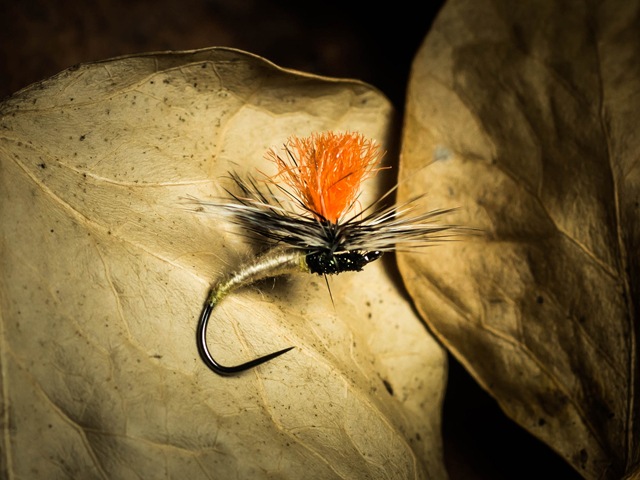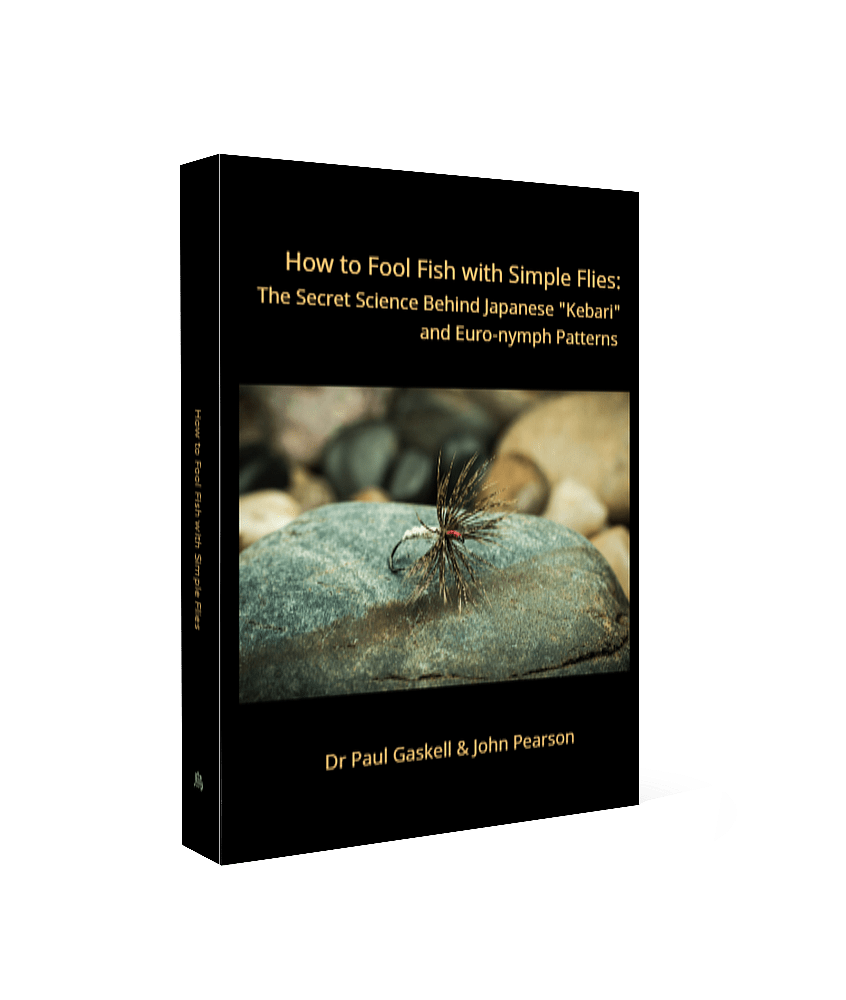Learn Fly Tying Rules Then Break Them
Part two in our fly tying mini-series (see Part 1 here) (AND Part 3 Here) shows you how to use the “Ramp” method to start your thread AND easily produce a perfect underbody. It also agrees with Picasso’s statement “Learn the rules like a pro, so that you can break them like an artist“…
Don’t be Boxed in by Fly Tying Rules – but do Understand Them
If you’ve never seen Picasso’s “The Old Fisherman” (there’s an image of it here: https://theartstack.com/artist/pablo-picasso/old-fisherman-1895-1) and other example of his early realistic paintings, then you’d probably not take the quote at the top of this page particularly seriously. It really does reinforce the idea that you should never be boxed in by stuffy old rules – but you need to understand and master those rules really well before breaking them does you any good.
Starting the thread
Even flies that are tied with fine wire instead of regular tying thread can benefit from knowing how to “catch on” or start the thread on the hook. But just treating that stage as “beneath you” if you are an experienced tyer is a mistake. For one, it doesn’t help you to teach other people how to do it – but also, when you concentrate on the fundamentals it really raises your game (whatever your level of experience).
John’s demo of his trick to use the “waste” tag end of thread to make a kind of ramp that lets your thread wraps glide neatly into place is a great example of this. It helps beginners and experts get a really beautiful, strong and even foundation for any fly – and it shows a perfect teaching tool method for you to pass on that skill to anyone.
Tie for the Fish and the Function – not just for fashion or hype
This is another double-edged sword. By learning how to use simple biological triggers that make fish take certain flies at certain times – you can leave out the stuff that is just there for “show” (or fashion). At the same time, you CAN make sure to include functional features that actively benefit the angler – such as choosing the wing-post colour that will contrast with flecks of surface foam – and are nothing to do with making a fly more “realistic” in the fish’s eye.

The biological rules are explained in “How to Fool Fish”
You might know that you can get a copy of the print book “How to Fool Fish with Simple Flies” directly from us on our site.
But if you search for that exact title on Amazon, you should now be able to also find it there too.
This gives you the map that lets you understand what triggers fish to take your fly in different situations – and how to give it to them. It is focused very much on simple flies – and highlights the technique needed to make them work really well.
OK – that’s it for this episode DON’T MISS THE THIRD AND FINAL EPISODE coming later this week…
Please feel free to ask your questions and comment below (you don’t need an account) and do click the social share buttons to pass this on.
Paul


Brilliant, simple and easy to follow as always.
Thank you Peter – I’m really happy that you liked it.
Paul